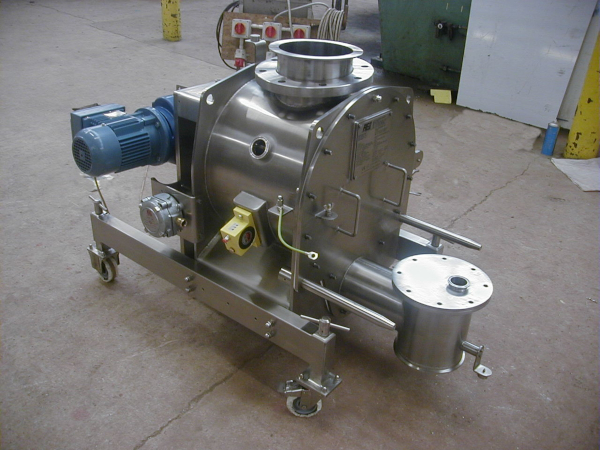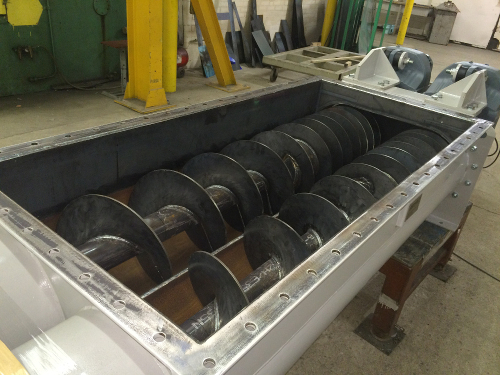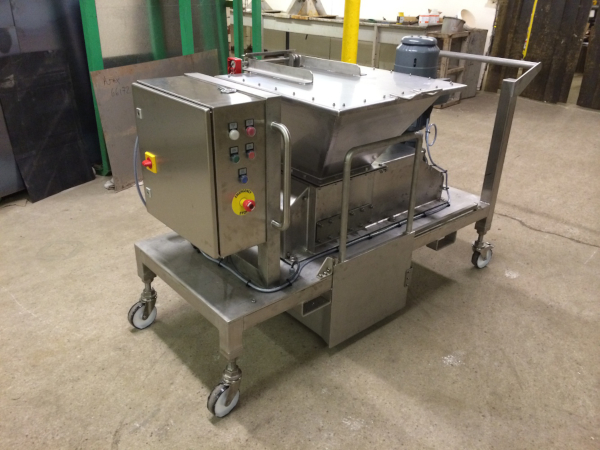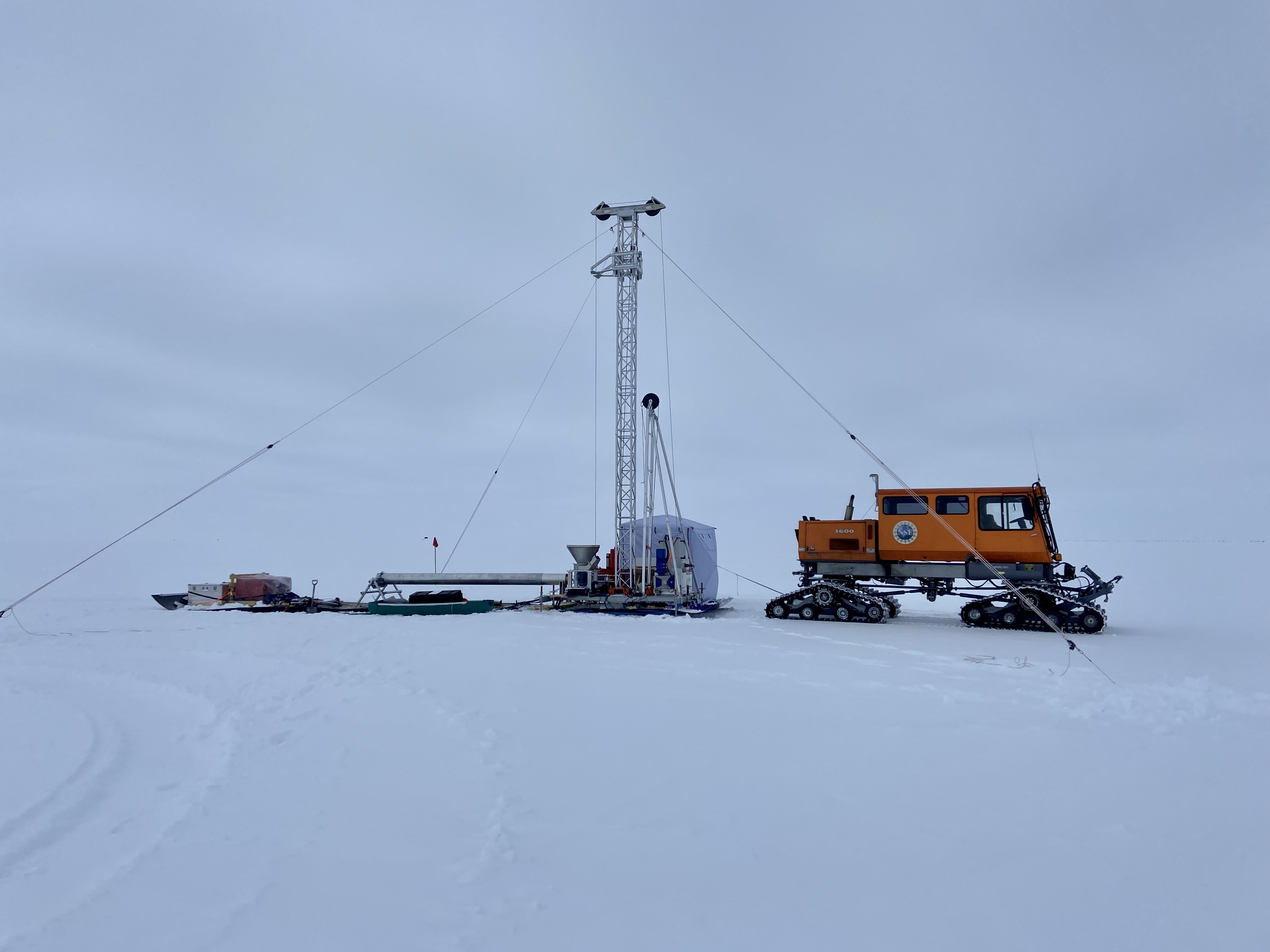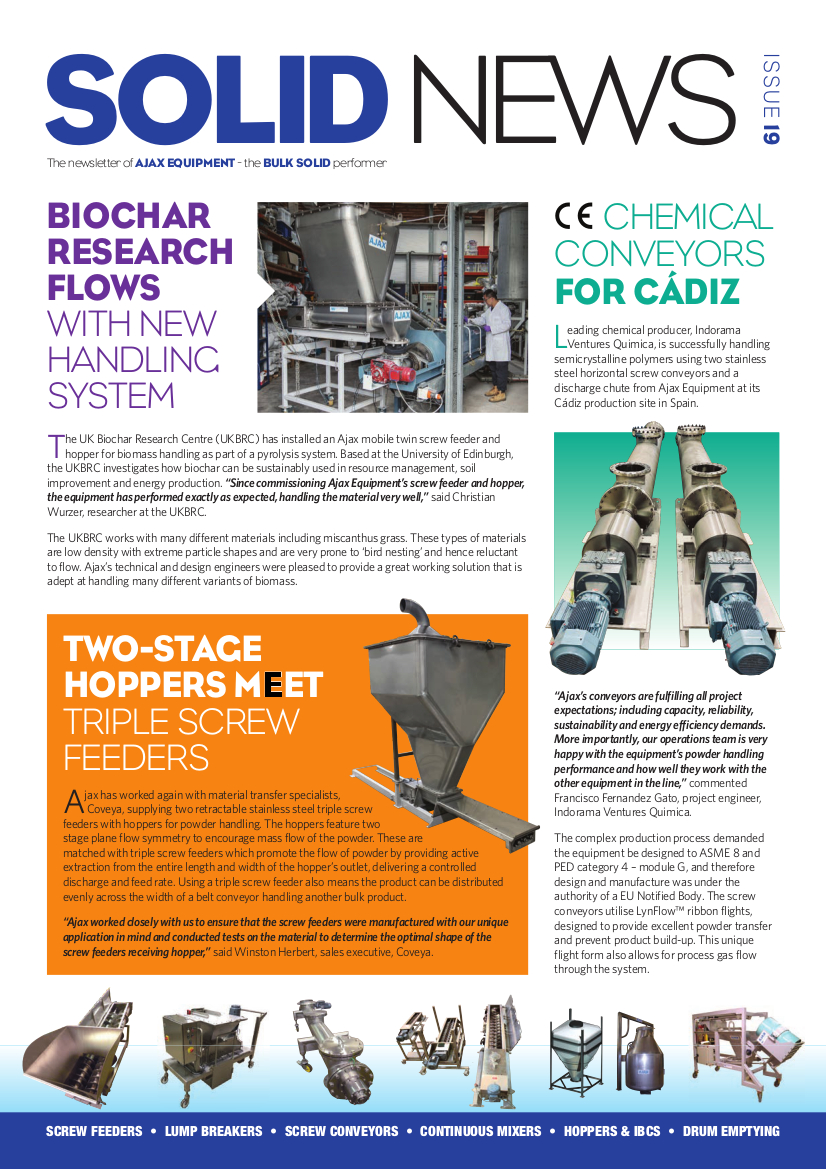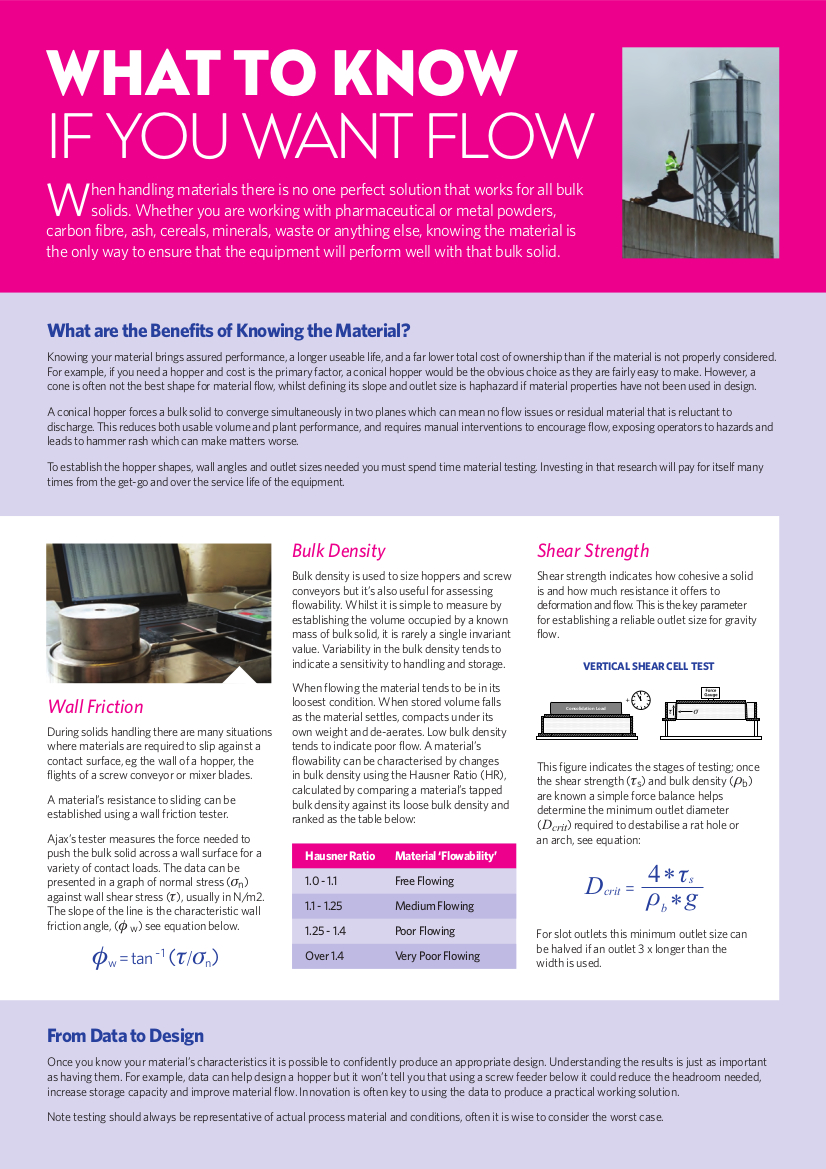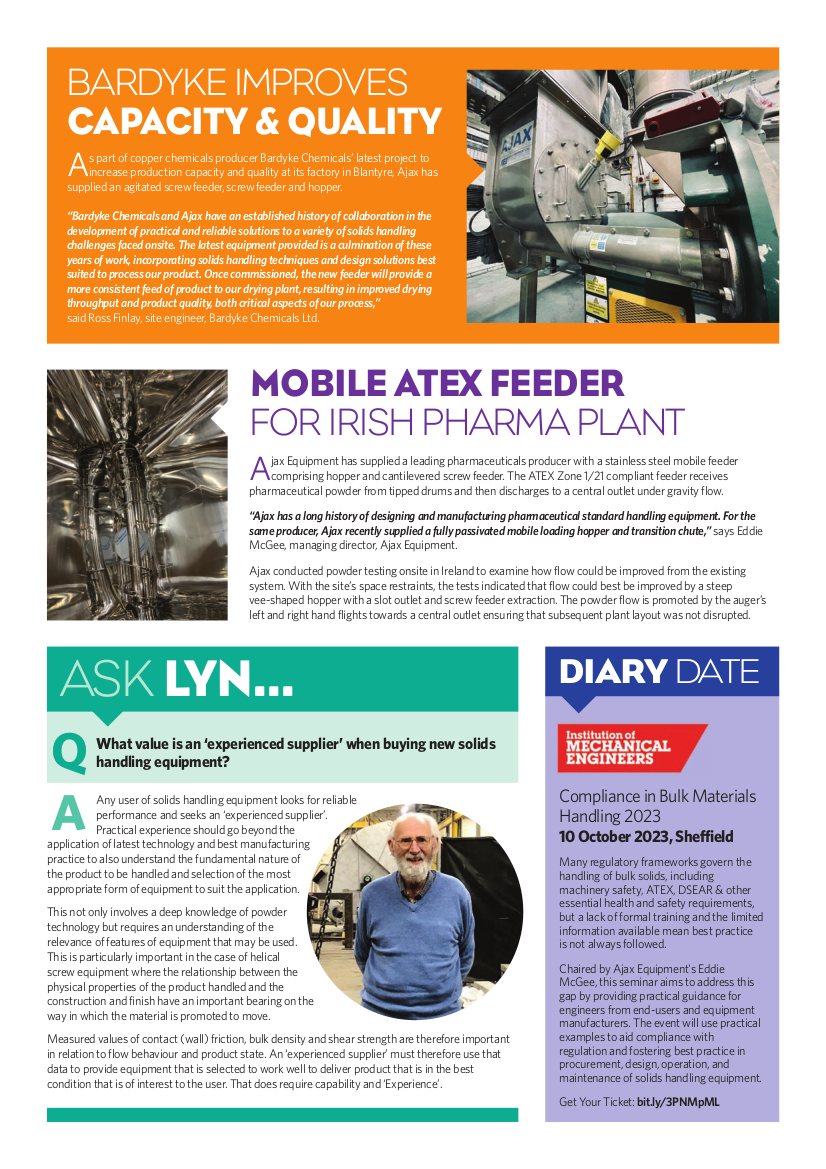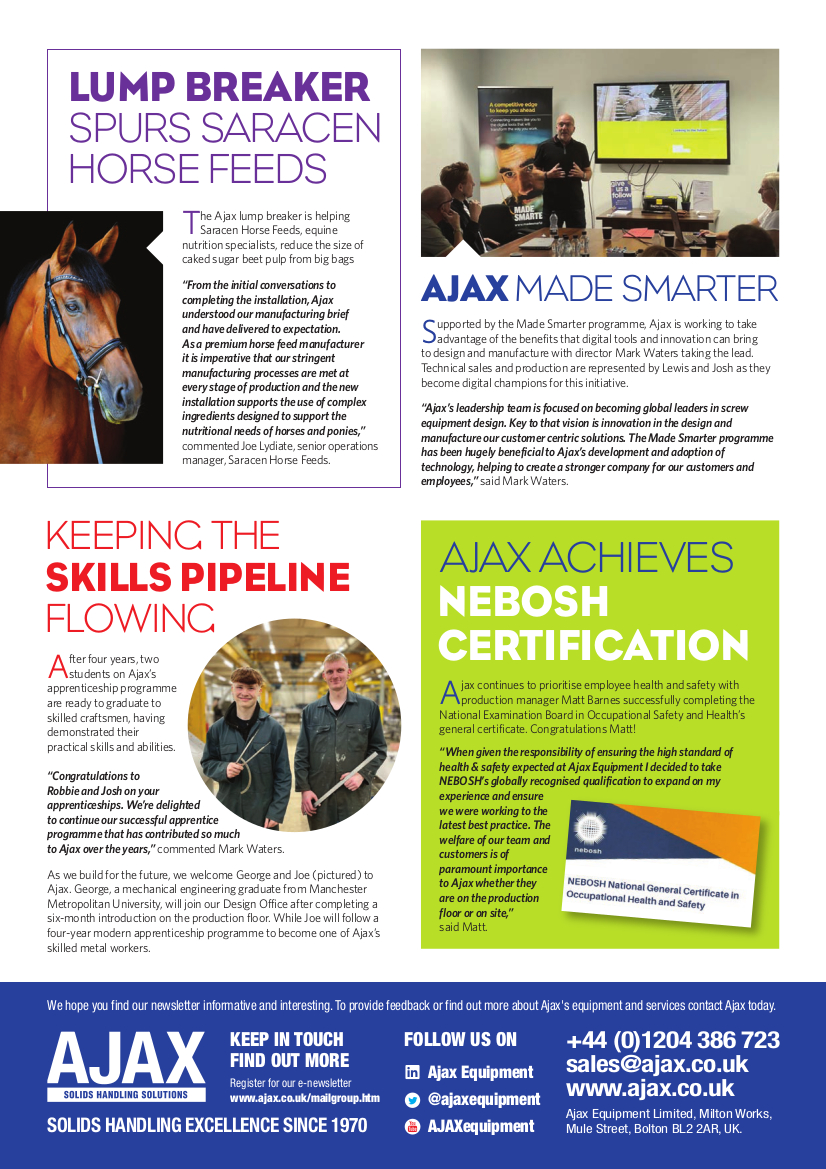De-Aeration Frames
Fine powders behave in a fluid-like manner when excess air or gas is entrained in the voids. Fluidised powder cannot support an angle of repose. This gives rise to many feed and discharge control problems, as well as some in packing and weighing due to spillage and overfilling. Lack of rigidity in sacks also results in miss-stitching on automatic filling lines. Instability of sacks and flexible bulk containers leads further to safety hazards and complications in stacking and transport.
The accuracy of volumetric filling devices are seriously disturbed by materials that vary widely in density, apart from hazards such as 'flushing' and 'dribble' that result from product fluidity. Production lines that fill packs and containers by weight suffer when they lack the capacity needed to contain the volume delivered at low density. By contrast, complaints arise if packs filled with dilated material are only partially full when the contents settle to a compact condition.
The Reason Why Powders Fluidise
Particulate solids are essentially two-phase products, the solid material of composition and a gas, usually air, present in the interstices between the particles in their structural array. When a bulk material is promoted to flow the constituent particles are continuously re-arranged, and the bulk tends to expand because of the particle-to-particle forces on points of contact as they move past each other.
When flow takes place in a channel that is not constrained by confining forces, as with feed streams filling into hoppers and material sliding down repose slopes, the particles tend to separate further. Transport via lean phase pneumatic conveyors also delivers material in a dilute state. Pressure of the void gas supports some of the loads acting on the bulk and resists the particles being forced into close proximity to develop inter-particulate friction. Extremely low internal friction results in bulk fluidity.
The Solution - De-Aerate the powder
The effective operation of LynFlowTM de-aeration frames rests upon two fundamental principles, one of powder technology and the other of basic mechanics.
A mass of particles settle into a structural array according to the way in which their points of contact support the load paths developed through the bulk by their weight. The reduction in void space between the particles as they assume a closer spacing causes void gas to be displaced under pressure. The ease with which this can take place depends upon the resistance of the powder bed to gas flow, i.e the permeability of the bulk, the viscosity of the gas and the driving pressure. The bed permeability reduces as the particles assume close spacing and the pressure differential tends to decrease as the void pressure approaches ambient. Until the void pressure attains ambient it supports part of the compacting load acting on the bulk.
